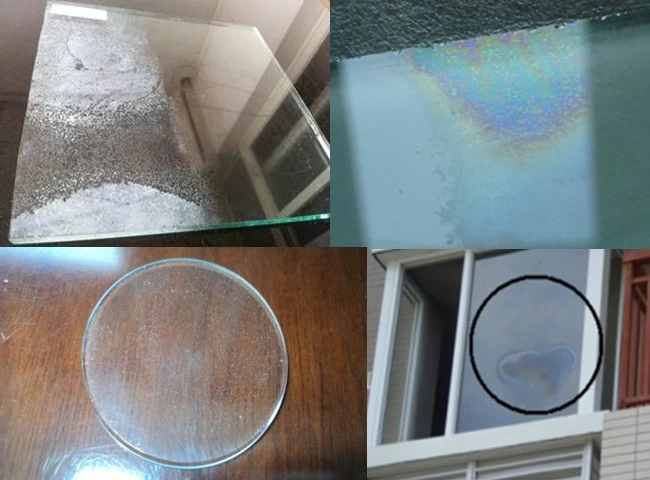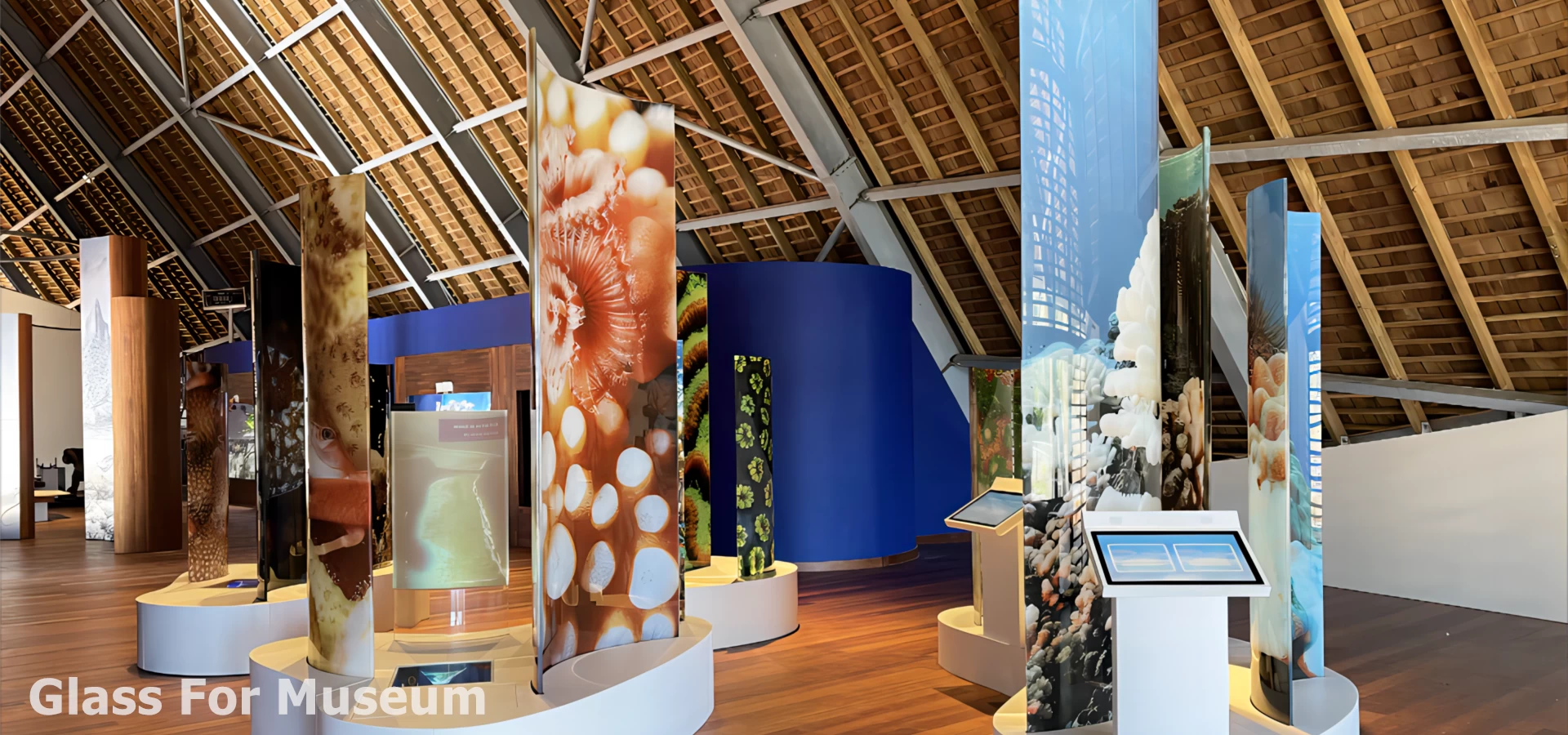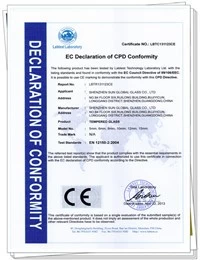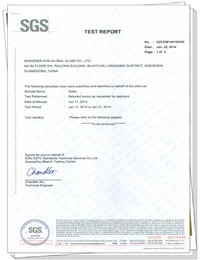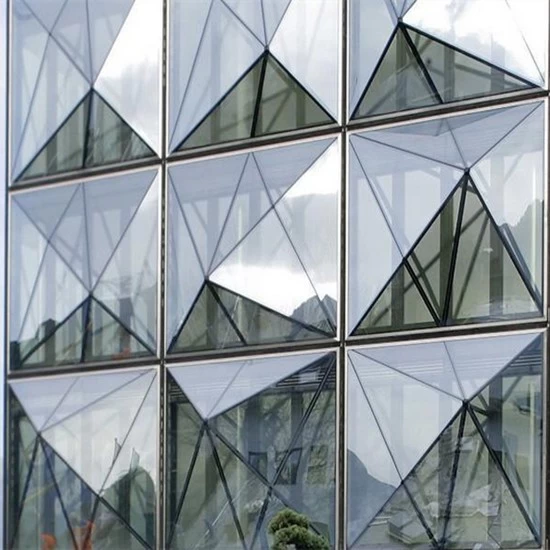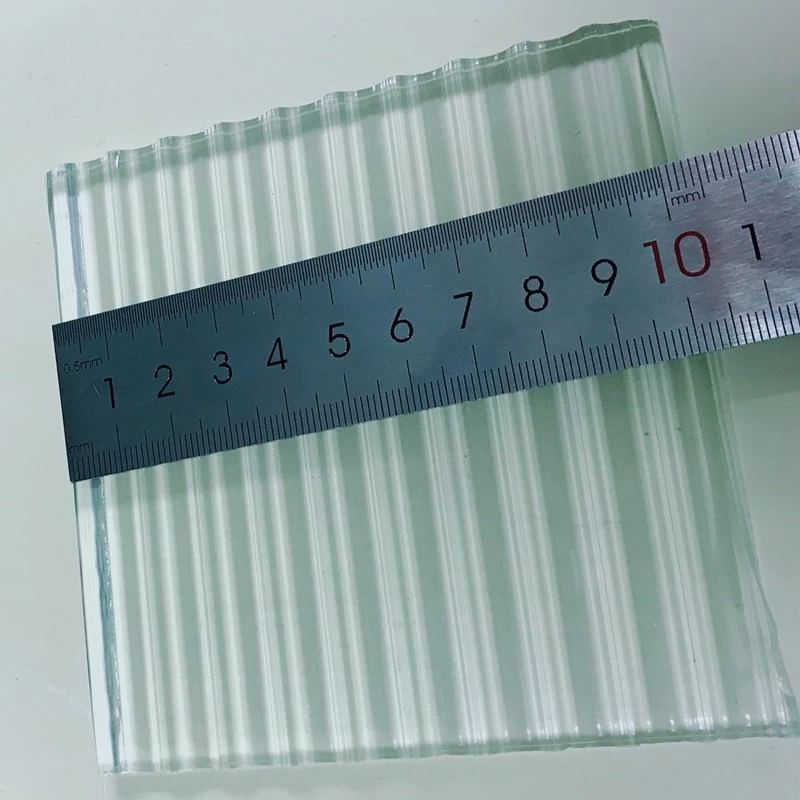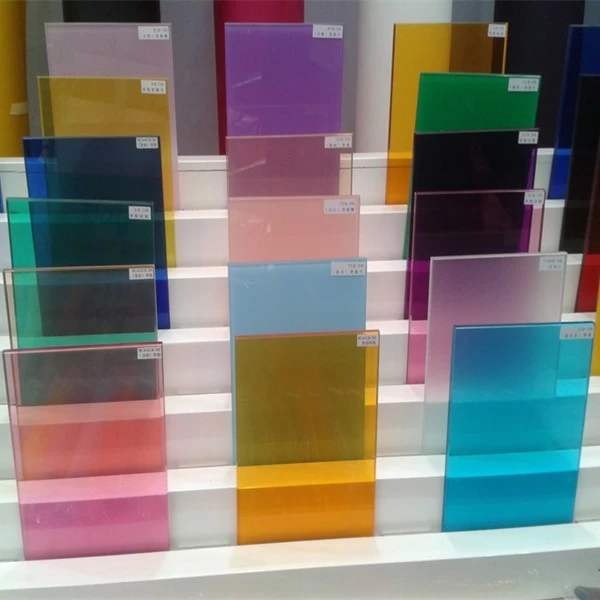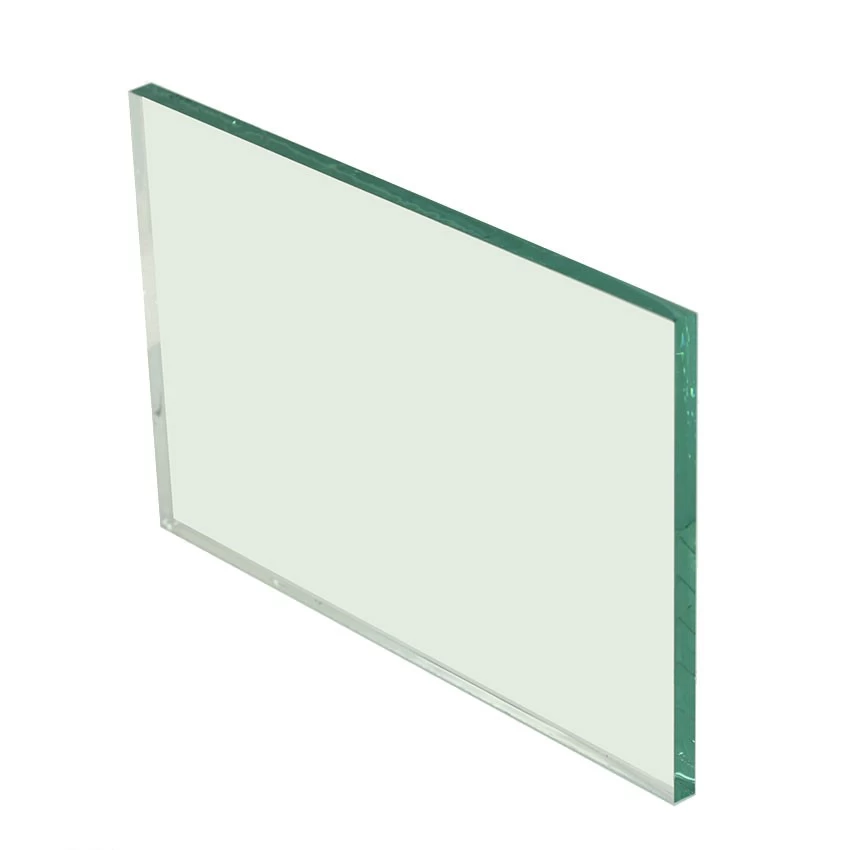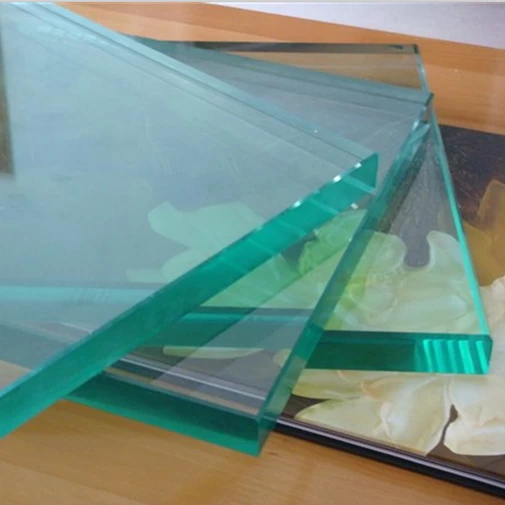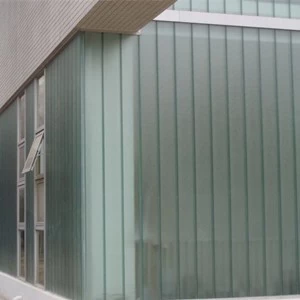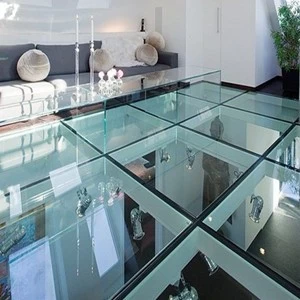How to prevent the glass mould?
Glass mildew is the glass industry's industry problems, the annual spring and summer, due to high temperature and humidity characteristics of the weather, leading to the mold of the glass into the peak, so how to do a good job of glass mold work has become the primary task of many glass companies. Now, I talk about the main factors of mold glass, mildew phenomenon and the way the glass mold.
Why the glass mildew?
The daily life of the glass, and more to quartz sand (SiO2), soda ash (Na2CO3), limestone (CaCO3), feldspar as the main raw material, which SiO2 (content of about 72%), Na2O (content of about 15%) and CaO (content of about 9%), so called soda-lime glass, because of its low cost and widely used.
According to the study, the glass during the annealing process, alkali ions will move to the glass surface, making the surface of the glass easy to ion exchange; for example, the surface of the glassy state of Sio2 can be hydrolyzed.
Therefore, when soda-lime-silica glass is stored in a humid environment, water or moisture gradually diffuses into the glass from the surface of the glass, and when the soluble sodium silicate (Na2SiO3) in the surface layer is hydrolyzed, (H4SiO4), which is less acidic than carbonic acid (H4SiO4), will be produced if carbonic acid (H2CO3) is formed from carbon dioxide (H2O) and carbon dioxide (CO2). If the saturated solution of H4SiO4 is left standing for a long time, Silica (SiO2) precipitation, color is milky white, with colloidal particles, precipitates or gel appear.
Glass mold generally divided into five stages:
1. Initially, water or moisture is adsorbed on the glass surface.
2. Subsequently, water or moisture is diffused into the glass.
3. The soluble silicate in the surface layer is hydrolyzed and destroyed. First, sodium silicate and potassium silicate and other hydrolysis and destruction. The resulting caustic soda (NaOH) was separated and SiO2 was separated.
4. The separated SiO2 forms a silicone gel which forms a protective film on the glass surface, which prevents further erosion.
5. Hydrolysis of the formation of caustic soda, and the role of carbon dioxide in the air generated sodium carbonate, gathered in the glass surface, constitute the surface film of soluble salts.Because of its strong hygroscopicity, absorbing moisture and deliquesce, the final form of droplets lye.When the surrounding temperature and humidity change, the concentration of these droplets also change. If concentrated lye droplets and long-term contact with the glass, the gel-like silicon oxide film can be partially dissolved in which the glass surface serious local erosion, the formation of spots. This is the group of alkali-rich alkali ions that migrate from the glass body and react with air. Scanning electron microscopy can observe white particles.
The phenomenon of mold glass
1, white fog, white spots: the storage time, air humidity or glass quality problems in the glass surface of the mildest mildew situation.
2, the rainbow: When the white mist, white spots appear for a long time there is no timely processing, will form a rainbow, when the moldy situation is only to stay in the glass surface, no corrosion into the glass.
3, sulfurous: mildew mold appearance and mild moldy appearance, but the glass surface alkaline moldy ingredients have been corroded to the glass inside, is a serious mold.
4, paper stain:like sulfurous,moldy in the glass exterior and interior, is a serious mold.
Tomorrow will release about "how to identify mildew and how to prevent mildew", so stay tuned!
